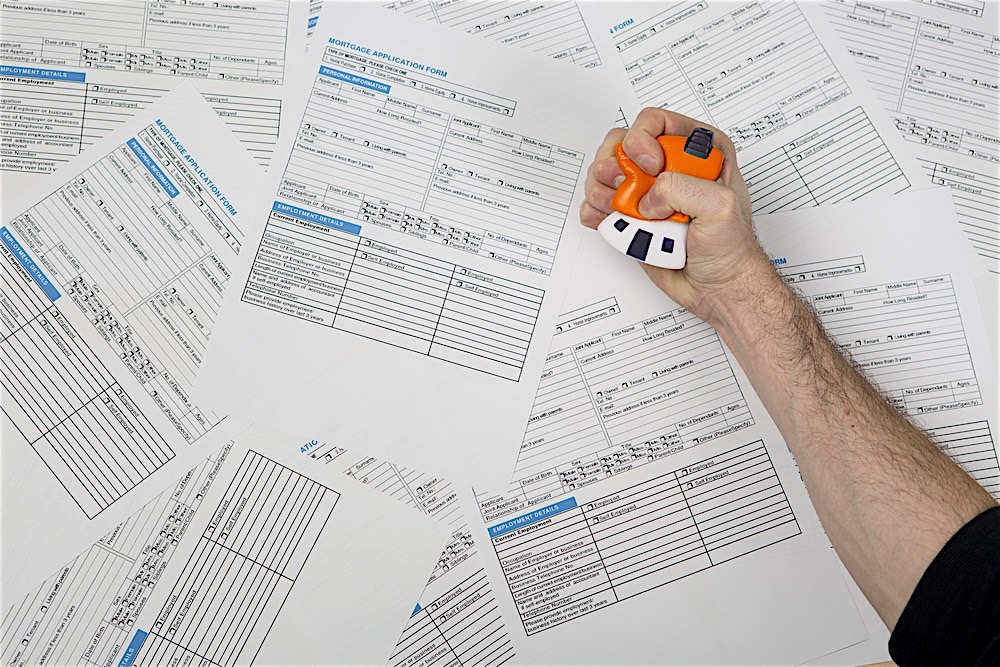Getting a loan approved takes more work than ever for the borrower. Just when you think you have submitted everything there always seems to be just one more item left. Often times this final item is the most difficult to obtain. It is no secret that lending guidelines have changed over the last decade. Today more than ever lenders need to dot their “I’s” and cross their “T’s”. In order to sell their loans on the secondary market there can be no question as to the strength of the application. Even if you don’t agree with it your loan will not move forward without all of the items requested. If you are applying for a new loan there are a handful of items you should have in place before you get too far. Here are the five most scrutinized items for loan approvals in today’s market.
- Bank Statements. It is not enough to have your down payment and closing cost money in the bank. This money has to be in your account for at least sixty full days. With your loan submission you need to include a minimum of two bank statements. Where it can get a little tricky is when there are large deposits and withdrawals. Any deposit of over $500 needs to be verified by the lender. Not only will you need to come up with cancelled checks you may have to write a letter explaining the source of the funds. If you have one bank account for several rental properties or you mix your business and personal funds together this can create a problem. As you send your bank statements you should take a look at what you will need and get a jump on gathering these items.
- Rental Properties. With every rental property you own there are a handful of items you will need to supply the lender. In the past you could get away with a copy of the lease and maybe a few rent checks. Today in addition to these items you also need a copy of the tax bills and homeowners insurance statement. If you receive your rent in cash this could create a problem. Certain lenders need to verify the rental income in order to use this as income. Some will accept cash if there is a consistent pattern of cash deposits. If the amounts are staggered every month it can be up to the individual underwriter as to what they may use or what they will accept. If you submit your loan to three different lenders it is possible that you may get three different answers. How much of the rental income that is used can also very from lender to lender. In the past the standard number was 75% of the rent received. Today, some lenders only use 70% while others go as high as 80. Before you get too far with your application you should ask your lender exactly which rental property items you will need.
- Tax Returns. Having leases on your rental property is great but you had better make sure it matches what is on your tax returns. With every investment property loan submission you need to supply the full tax returns. For some borrowers this can be frustrating sending a 40 plus page document for just one year. The bottom line is that if your tax return doesn’t include all sections your application will not be reviewed. At a minimum you will be required to supply two full years. The lender will use your adjusted gross income number on your tax return as your annual income amount. For any rental income they will only use the amount that you declare on your tax return. For self-employed borrowers or borrowers with multiple rental properties providing items needed for your tax return can be daunting.
- Appraisal. The most frustrating part of the loan process for many borrowers is dealing with items that are out of their control. One of the biggest changes in the loan process is with how the appraisal is ordered. If you are working with a mortgage broker they give your payment information to whatever lender they are using. The lender than orders the appraisal and the broker has no communication with them at all. This leads to out of area appraisers coming in which can lead to a dispute in the value. The appraisal is more scrutinized than ever before. Every comment by the appraisal and comparable sale that is listed is reviewed by multiple people. Getting the appraiser to come back out to the property is at the borrowers cost. It is not uncommon to have an appraisal problem drag for several weeks.
- Closing Costs. Not all of the changes in the loan process are negative ones. A positive change deals with how the closing costs are verified. Before any loan is submitted to the lender the borrower must receive and verify receipt of the fee worksheet. The fees listed must match what is received on the final closing paperwork. This is done to protect the borrower and restrict extra fees behind added at the closing. If the fees do not match the changes must be made and the loan may be forced to wait three days before it can close. Now more than ever you can be confident knowing that the deal you agreed to will be what you see at the closing.
Instead of getting frustrated with the new loan requirements you should take a proactive approach and look at what you need before you get started. As much as you may find these steps unnecessary they are essential if you want to close your loan.






